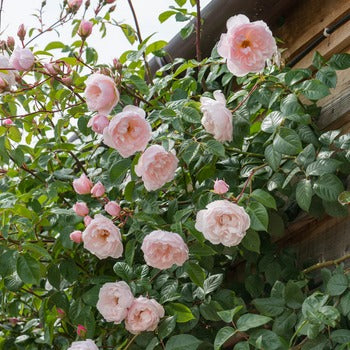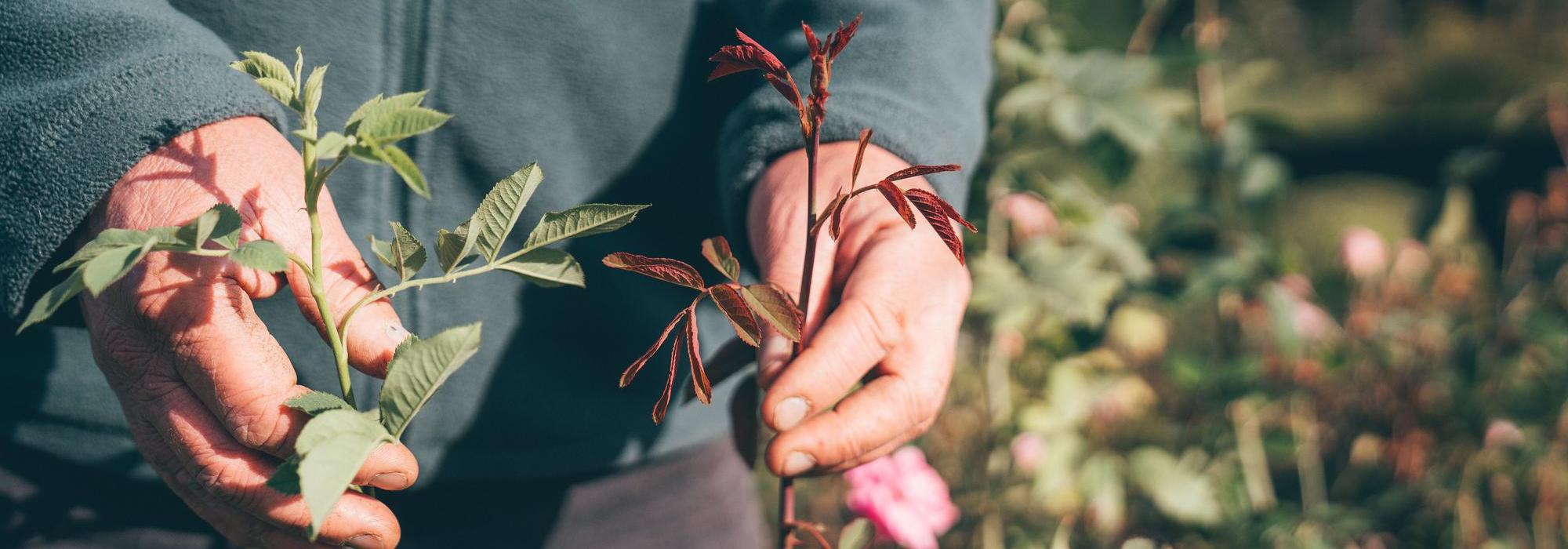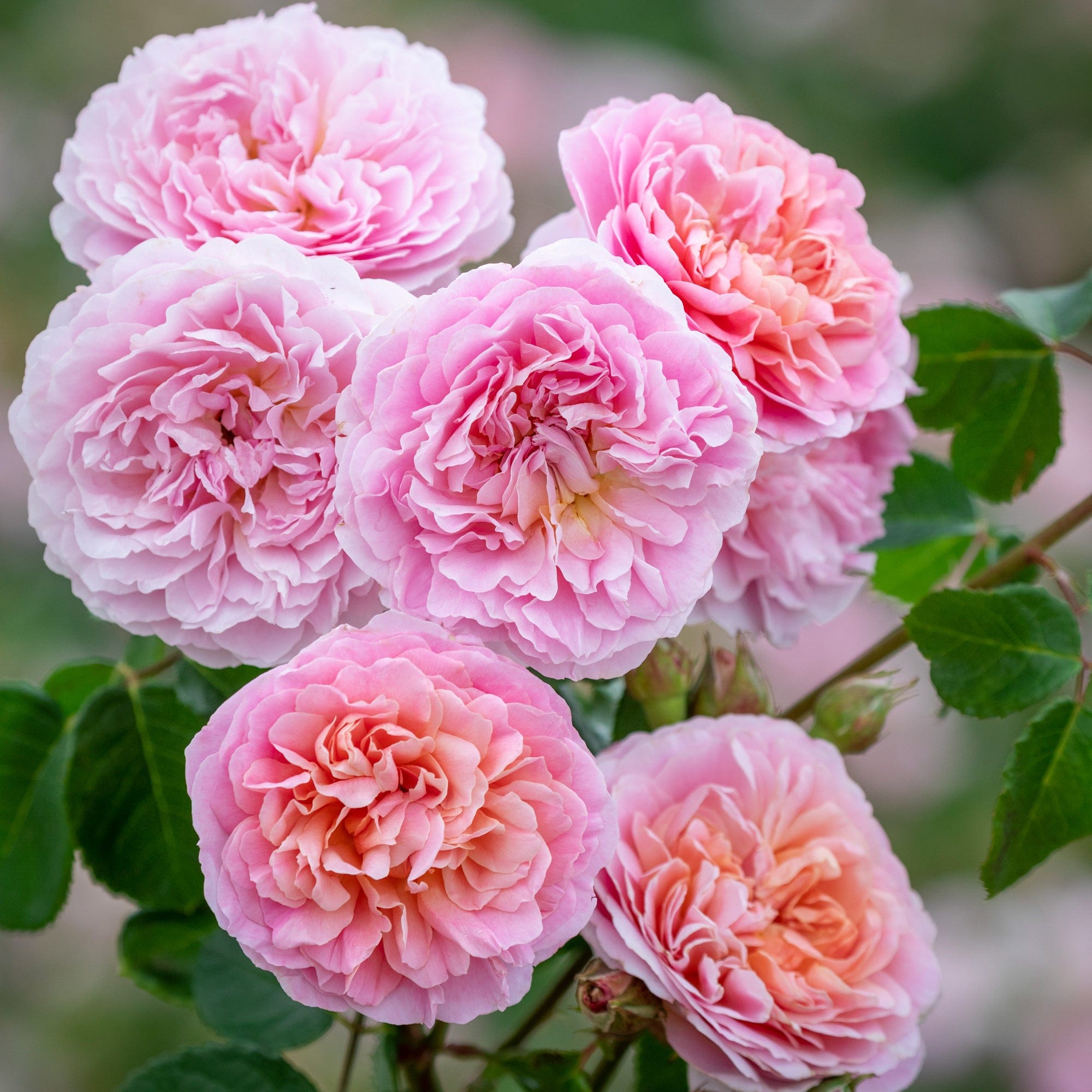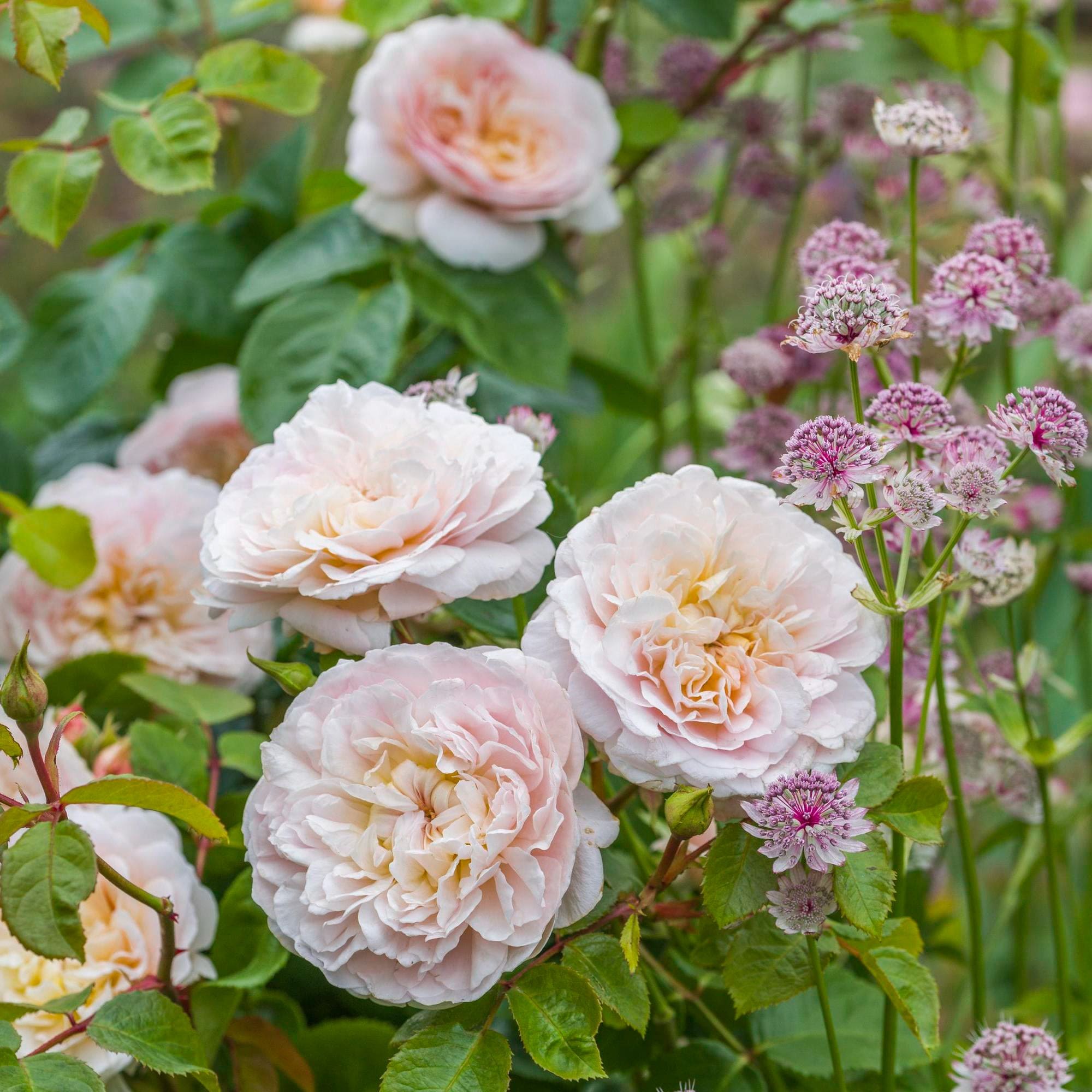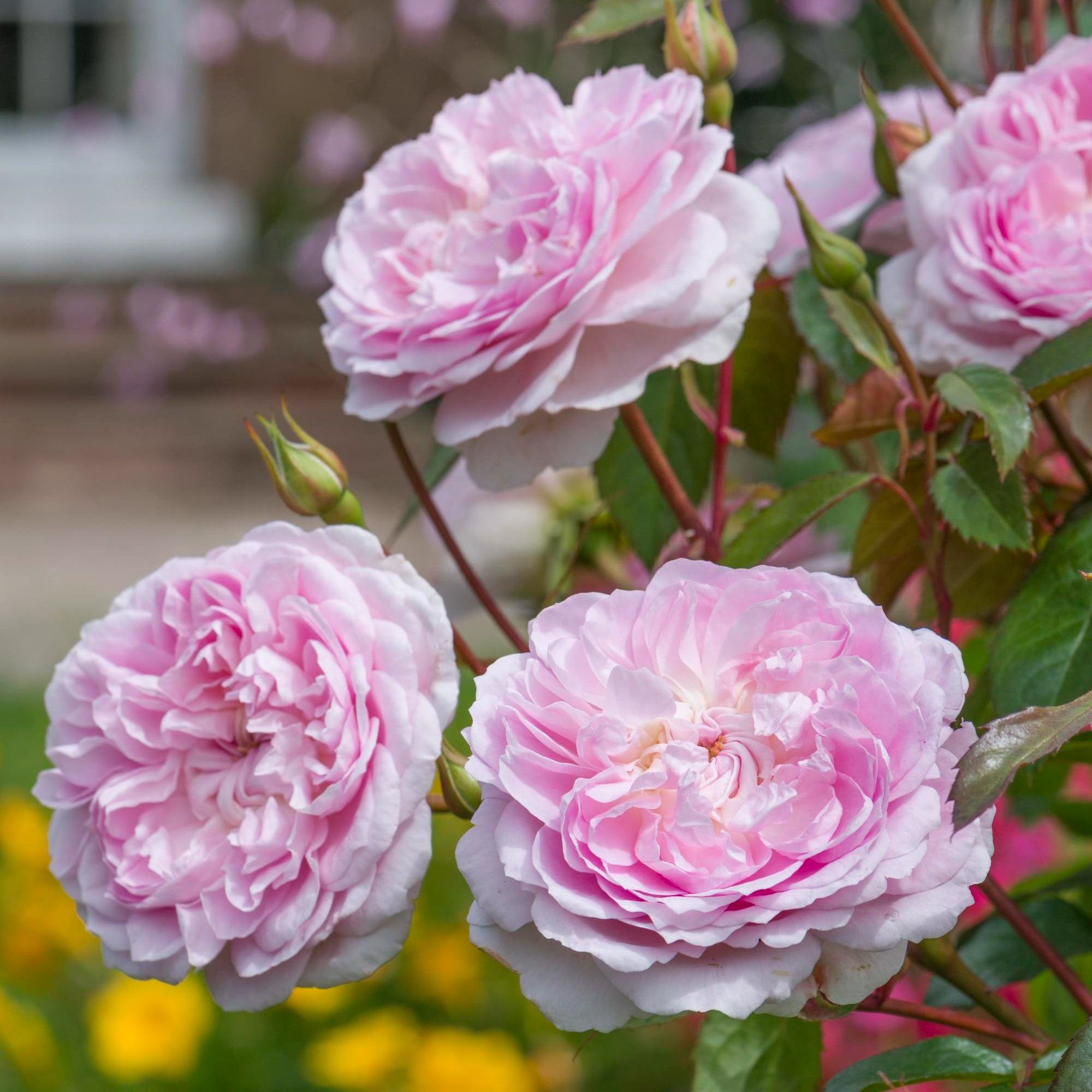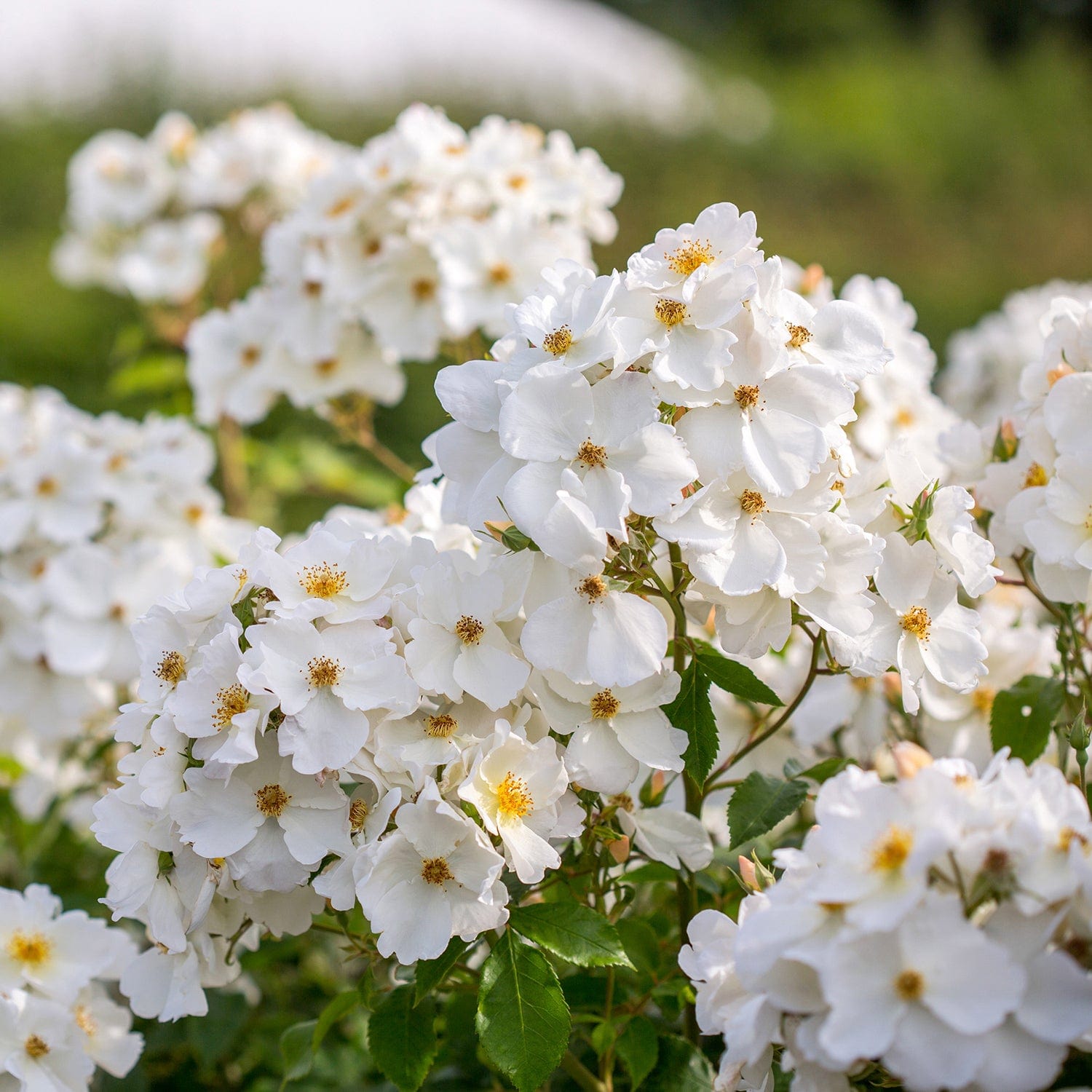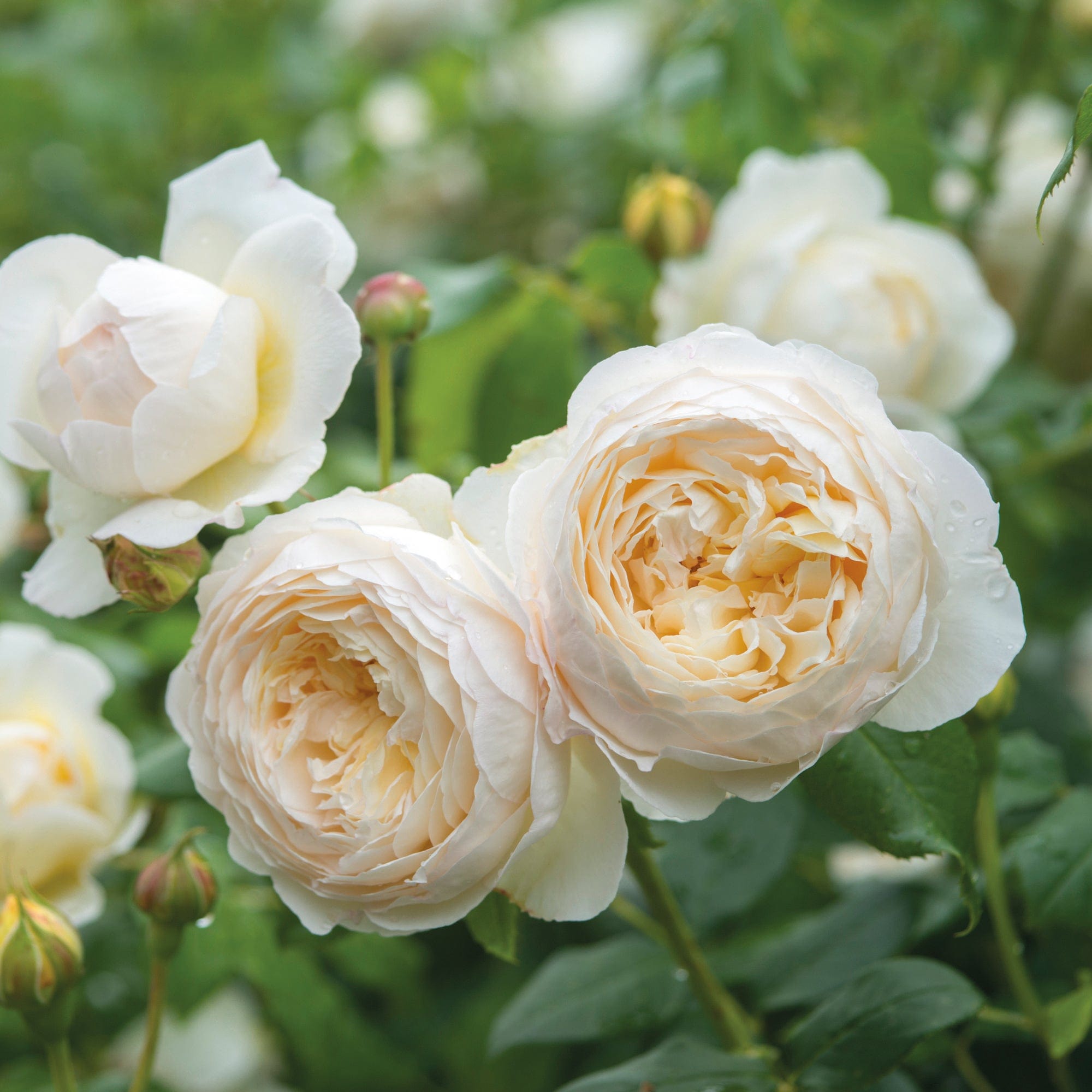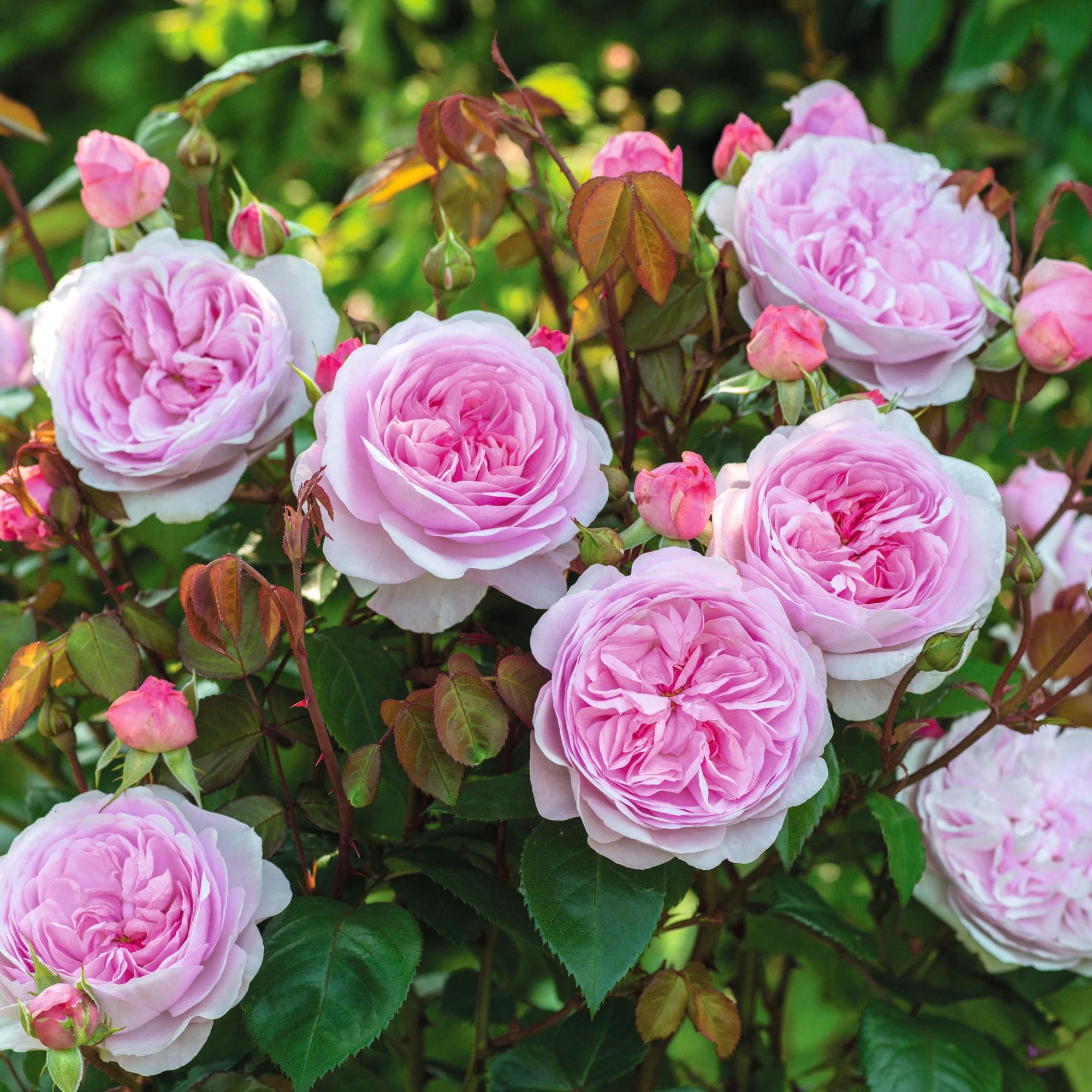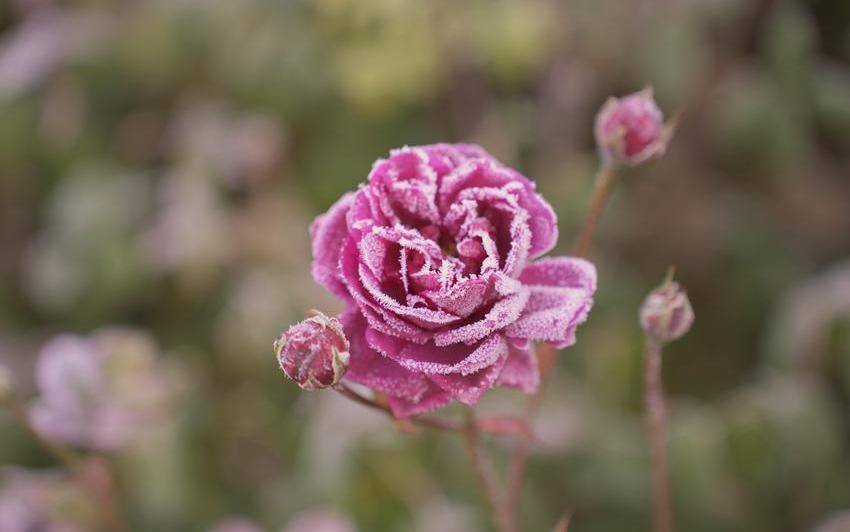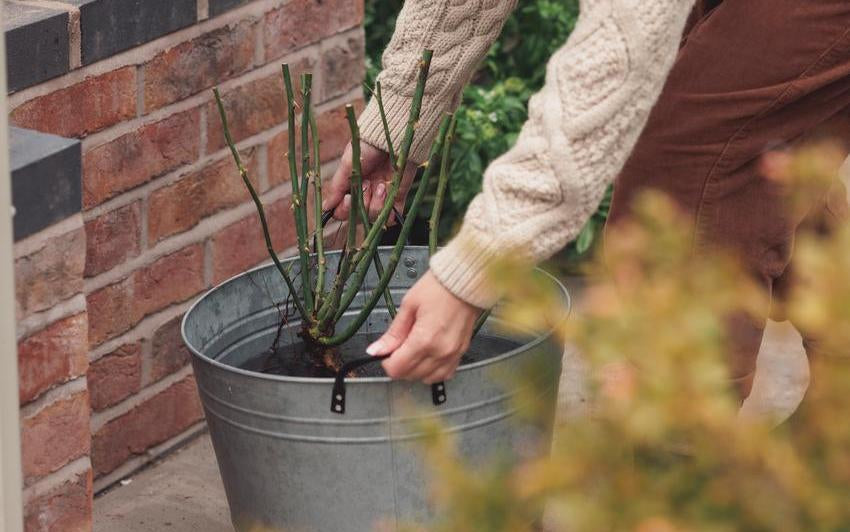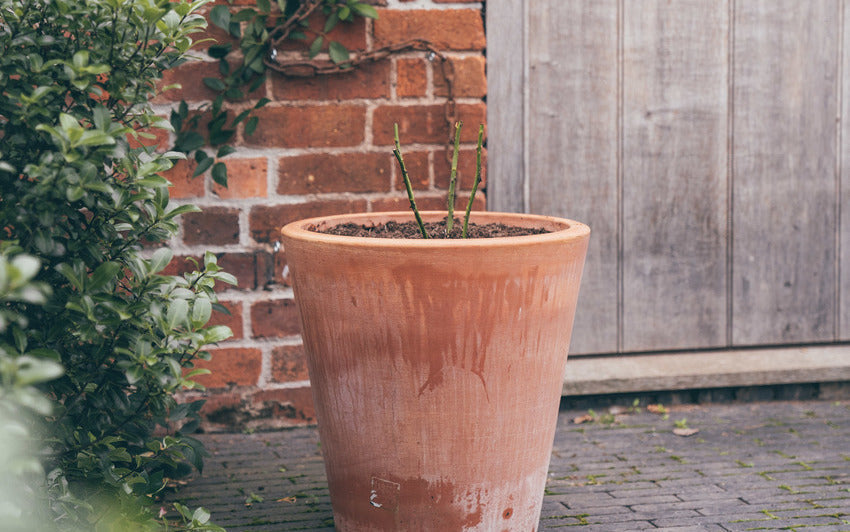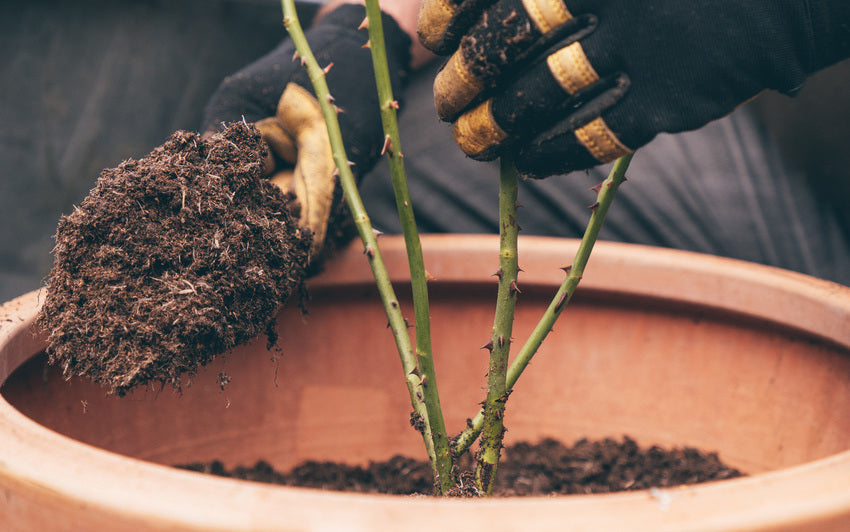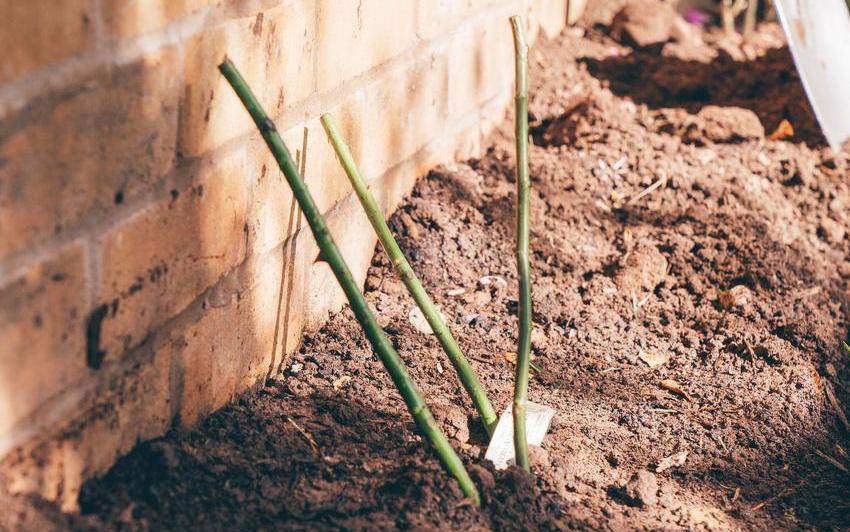Suckers are one of those quirks of rose growing that tend to invite a good deal of confusion. They appear out of nowhere, usually low down on the plant or even from the soil nearby, and it’s not always easy to know what to do about them. Are they a sign of strength or something to worry about?
As it turns out, the answer depends on where they come from. Some vigorous new shoots are perfectly natural and even desirable. Others, however, are best removed. The trick lies in knowing which is which.
What Is a Sucker?
In most cases, a sucker is a shoot that doesn’t belong to the rose you planted. That’s because many roses are grafted, meaning the named variety is joined to a separate root system chosen for its robustness. Occasionally, the rootstock decides to grow a shoot of its own. This is the sucker.
Left to its own devices, a sucker can draw strength away from the grafted rose, weakening the plant above. It may even take over entirely. And while it might flower in time, the bloom will often be a pale, single flower which is very different from the rich character and charm of a true English rose.
Spotting a Sucker
The surest way to tell a sucker from a healthy new stem is to look at its point of origin. If it comes from below the graft, that slightly knobbly join near the base of the plant or from the soil a short distance away, it’s almost certainly a sucker.
You may have heard that leaf shape or colour can be a clue. While suckers often have smooth stems and pale leaves, some perfectly healthy shoots look similar. Roses can naturally have five, seven, or even nine leaflets. New growth often has a reddish tint. These aren’t reliable signs on their own. Always start by looking at where the shoot begins.
When Growth at the Base is a Good Sign
Not all low growth is a cause for concern. Roses will often send up strong new stems from just above the graft. These are called basal shoots and are a welcome sign that your rose is growing well. In time, they’ll produce some of the season’s best flowers.
Before removing anything, it’s worth pausing to check exactly where it’s coming from.
If you’re certain it’s a sucker, remove it by hand rather than cutting it. A clean cut can often stimulate regrowth. Instead, follow the shoot down to its base. You might need to gently ease back the soil to find where it starts. Then grip it as close to the rootstock as possible and pull it away in one firm motion.
You’ll find this is easiest when the shoot is young. If left too long, it becomes tougher to remove and more likely to return.
What to Look Out for on Standard Roses
Standard roses, otherwise known as tree roses, which have a tall stem and flowering head may produce shoots along the trunk or from the base. These are known as stem growth. They don’t come from the rootstock, but they still sap energy from the flowering top and should be removed in the same way.
Take care to remove them right at the source, by hand, to keep your rose focused on the canopy above where the flowering happens.
Why Do Suckers Appear?
Suckers often appear when a rose is under stress. It might be down to drought, damage, or a graft that’s sitting too close to the surface. When planting, it helps to position the graft point a couple of inches below the soil. This offers protection and encourages balanced growth.
A Rose in Good Hands
While suckers aren’t uncommon, they’re not something to fear. Once you know what to look for, they’re easy enough to manage. With a watchful eye and a bit of care, your rose will stay true to its character, growing strongly and flowering beautifully year after year.


